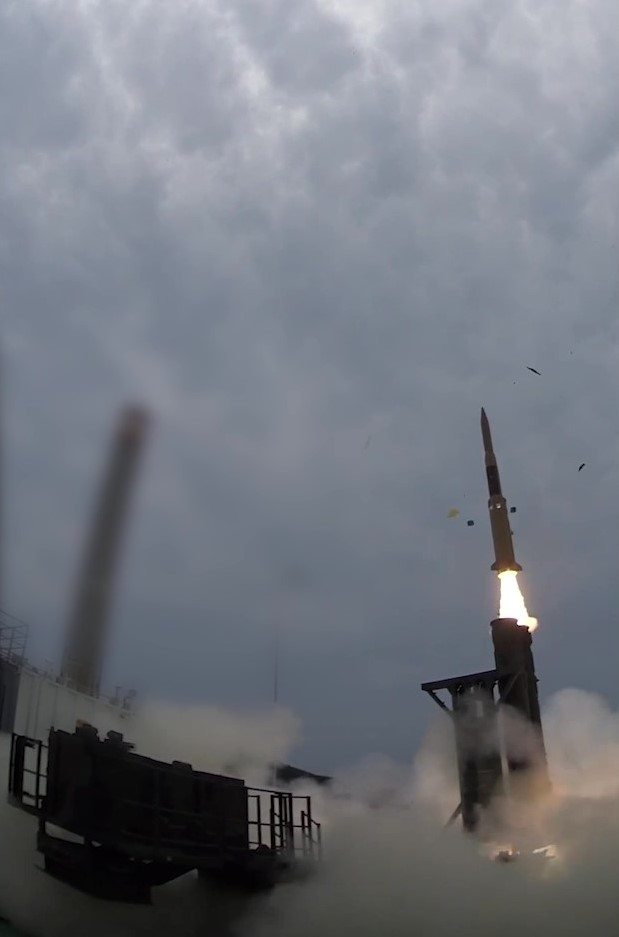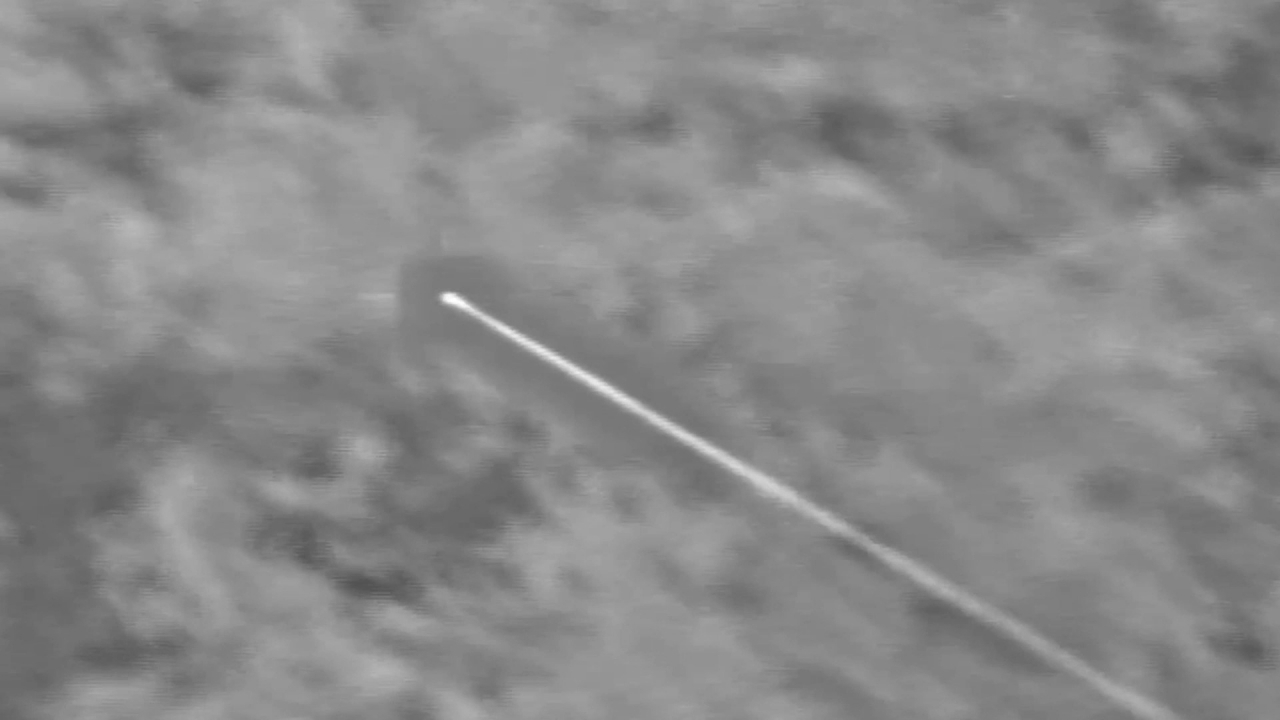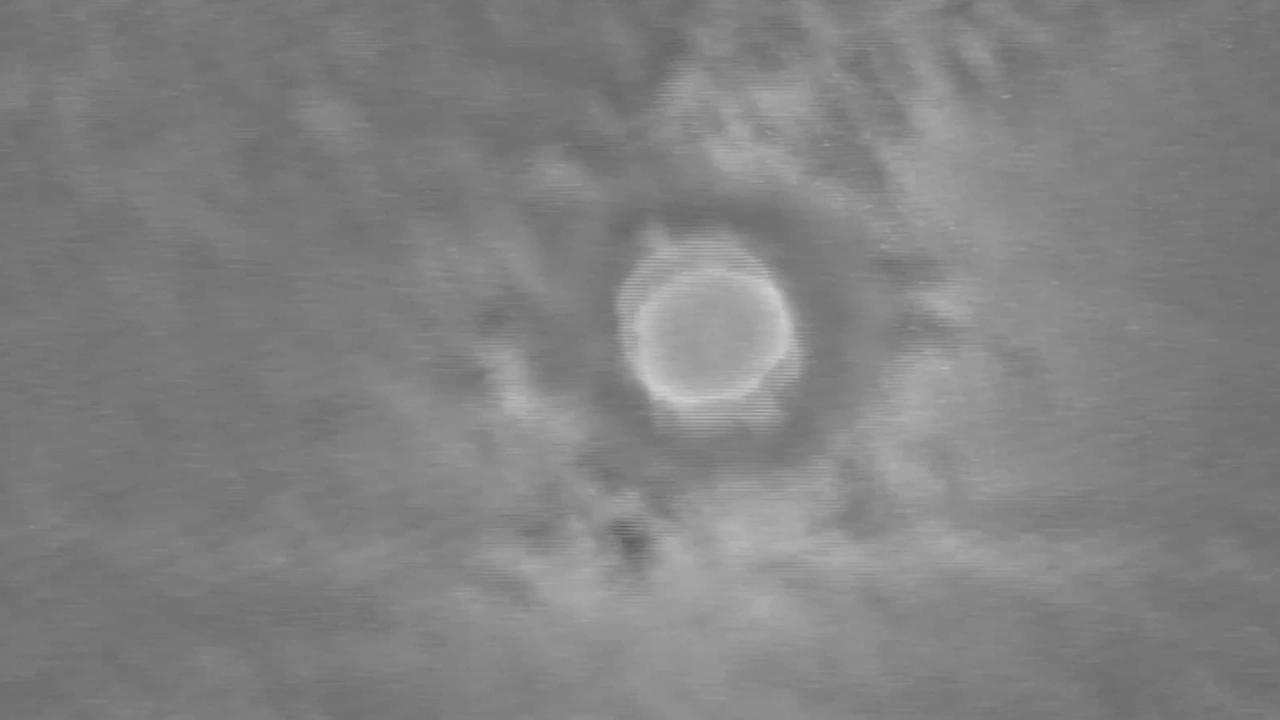
TAEAN, South Chungcheong Province -- South Korea has made remarkable strides in enhancing its independent capabilities to effectively thwart escalating missile threats from North Korea.
With resounding success, South Korea has concluded developmental tests of an indigenously developed long-range surface-to-air missile, better known as the L-SAM interceptor, which is tailored to destroy incoming enemy missiles at high altitudes.
This accomplishment positions the country to establish a multi-tier missile defense shield for the first time to further strengthen its defensive capabilities at a critical juncture. North Korea has relentlessly sought to develop and diversify more survivable and maneuverable missiles to penetrate and incapacitate missile defenses of South Korea and the United States Forces Korea.
South Korea successfully tested a ballistic missile interception of its homegrown L-SAM on Tuesday at a defense systems test center of the state-run Agency for Defense Development in Taean-gun, South Chungcheong Province.
The test objective was to verify the ground equipment of the L-SAM interception system, including multi-function radar and engagement control station, and its interception capabilities against target missiles simulating enemy ballistic missiles.
A target missile was launched from an uninhabited island in the southern part of the West Sea on the Korean Peninsula at 2:48 p.m. The L-SAM interceptor was fired from the central part of the West Sea a few minutes later with the order of “proceed with the engagement procedure.”
Both the L-SAM interceptor and ballistic missile targets flew at supersonic speeds faster than the speed of sound.
After the ignition and separation of the first and second stages of the L-SAM interceptor, its “kill vehicle,” which is the final stage with infrared seeker, pinpointed the location of the target ballistic missile and destroyed it in mid-air.
The L-SAM interceptor traveled the planned range for several minutes and collided with an incoming ballistic missile in body-to-body impact at a designated altitude.
Then, the test center was filled with cheers and applause after the successful missile interception.
Since the initial successful target missile test in November 2022, a total of four ballistic missile interception tests have been conducted until Tuesday. Three tests were successful. South Korean officials said the US and Israel are the only countries that have developed high-altitude interceptor missiles.


Why this launch matters
The latest test launch indicates the completion of developmental tests for the L-SAM interceptor, meaning that South Korea can now move on to the next phase. The next phase involves conducting operational tests and evaluations to determine the L-SAM interceptor's combat suitability.
The L-SAM interceptor is designed to bring down enemy aircraft and ballistic missiles at longer distances and higher altitudes to protect South Korean citizens and the country’s core facilities and infrastructure.
The development of L-SAM interceptor holds particular significance due to the persistent threats posed by Pyongyang. North Korean leader Kim Jong-un has expressed intentions to attack targets in South Korea with missiles equipped with tactical nuclear weapons.

“The L-SAM has great significance as it is the linchpin, broadly speaking, of the three-axis defense system, and more specifically of the Korean Air and Missile Defense system,” South Korean Defense Minister Lee Jong-sup said at the test center.
The Yoon Suk Yeol government has sought to expeditiously complete the establishment of the homegrown three-axis defense system, which consists of the Kill Chain preemptive strike mechanism, the Korea Air and Missile Defense and the Korea Massive Punishment and Retaliation.
The L-SAM interceptor is capable of intercepting incoming projectiles at high altitudes of the terminal phase, complementing the current lower-tier defense system. The South Korean military currently operates the US-made Patriot air defense system and South Korea’s Cheongung II mid-range surface-to-air missile weapon system that can engage incoming enemy missiles at altitudes up to 40 kilometers.
The deployment of the L-SAM, which can bring down incoming airborne targets at altitudes between 40 and 60 kilometers, can ameliorate and make up for the weakness of the current missile defense architecture.
“The L-SAM serves as the cornerstone of the multi-layered defense system,” Lee said.
South Korea plans to commence mass production of the L-SAM in 2025, following the completion of developing the system in 2024. The L-SAM will be deployed in the latter half of the 2020s.
South Korea is also planning to initiate feasibility studies for the L-SAM II, which will be designed to intercept incoming ballistic missiles and airborne targets at higher altitudes compared to the L-SAM. These studies are set to begin in June. South Korea sees that the L-SAM II can be deployed after 2030.
Lee repeatedly emphasized the urgency of countering the missile and nuclear threats posed by North Korea, emphasizing the potential consequences it could have for South Korea’s security. In doing so, he dismissed criticisms that South Korea has been allocating excessive resources toward building up its multi-layered missile defense capabilities.
“Isn’t it too dangerous for us to establish a missile defense shield that could allow missiles mounted with nuclear warheads to fall down when we fail to intercept incoming missiles initially?” Lee said.
“When considering the presence of North Korea’s nuclear warheads, having 100 more K2 tanks or not is not decisive for us. Highly serious threats lie in the ballistic missiles armed with nuclear warheads possessed by North Korea.”





